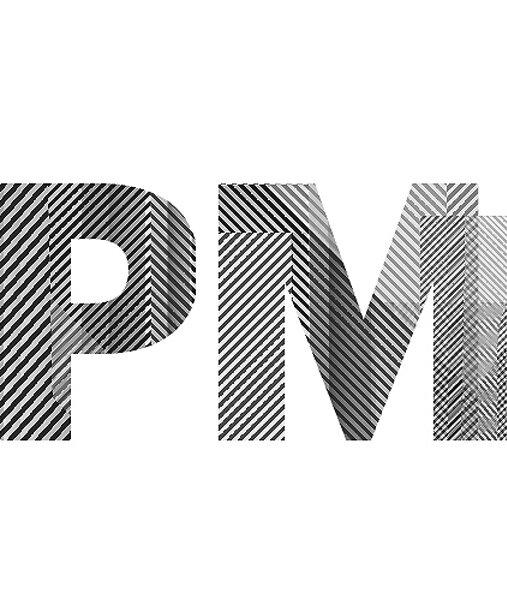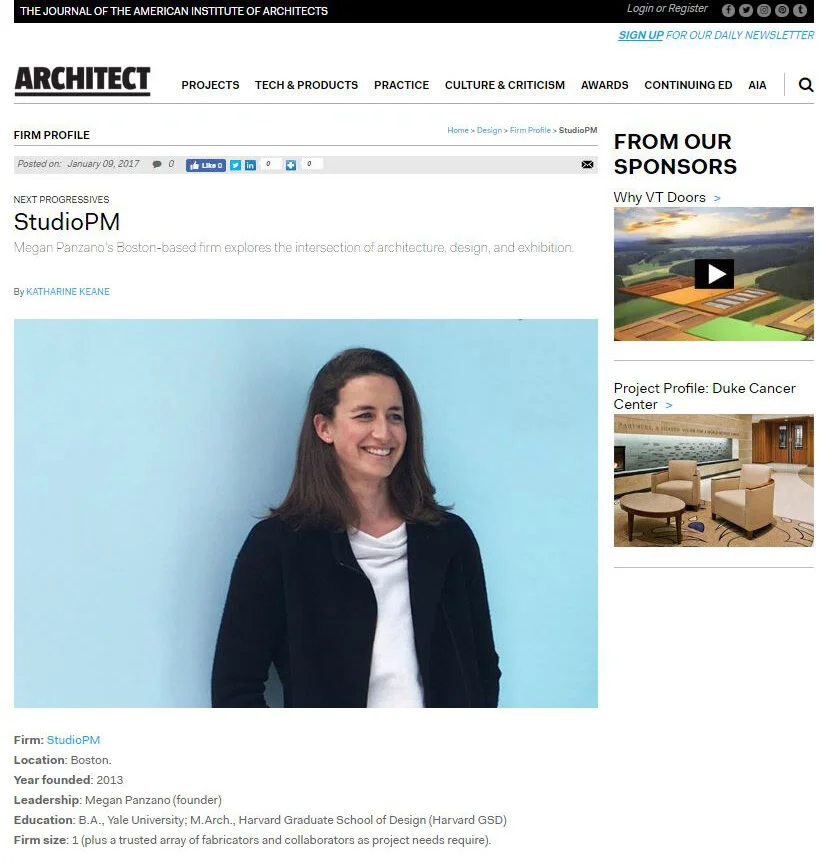BMW : American Suburb (or, Adventures in Architectural Analogies)
IN 2008, BMW Group Design Munich created a car called “GINA Light Visionary Model” that radically shifted the way a car’s body and interior, it’s outer and inner surfaces, are conceived and produced. Replacing sheet metal with an elastic fabric enabled the car’s surfaces to change in response to both the performative criteria of driving (doors, head-lights, seating, dashboards, lighting) and to aesthetic ones that convey character (shapeliness, proportions, color, and mood).
BMW’s technical approach was applied to the American suburban house as an architectural type that could be radically reconceived through new contingencies among skin, bones, form, and space. Investigating the interdependence of these elements impacts the control of surfaces, lighting, the form of enclosure, and the types of openings and apertures that mark the threshold between out and in. This design, CoilHaus, challenges the limits of architecture as a fixed entity by amplifying the expression of the expansion and contraction of the house in response to inevitable shifts in family size, type, needs, and accumulation of possessions over time.
CoilHaus, produced at Harvard GSD, fall 08, Frank Barkow, Barkow Leibinger + Chris Bangle, BMW, Design Critics
Published in MARK Magazine No. 19 , Bauwelt Magazine 9.09 + The Architecture of Change 2: Sustainability, and Architect, Next Progressives









